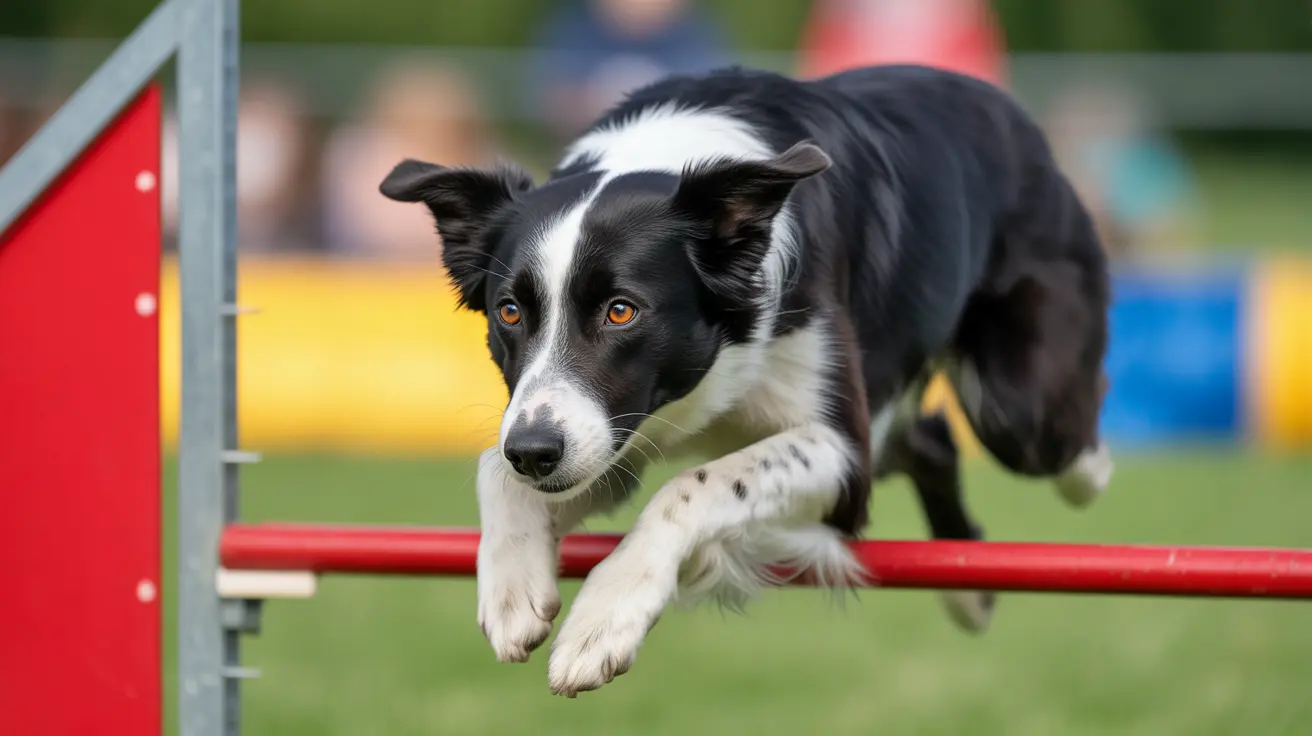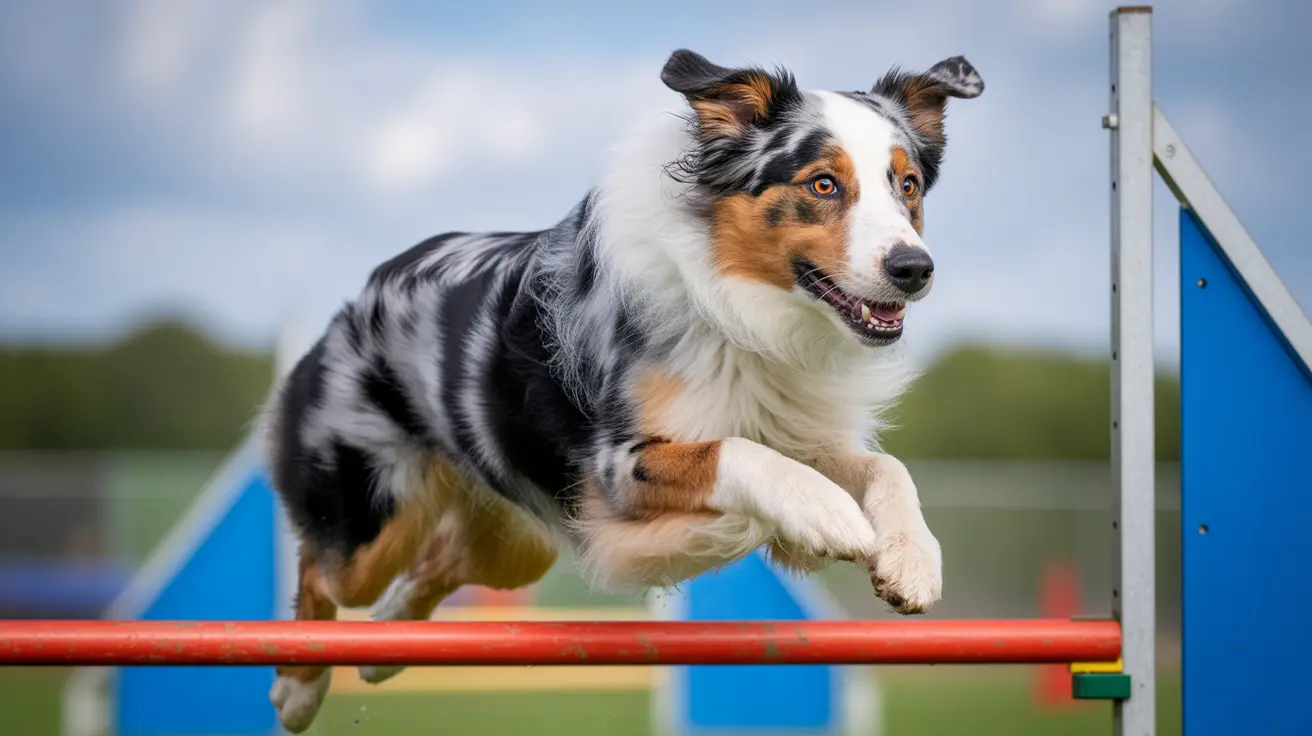Understanding How Dogs Apologize to Humans
Dogs are known for their unwavering loyalty and strong emotional bonds with humans. As highly social animals, they rely heavily on nonverbal communication to interact with both their canine peers and human companions. One common behavior that intrigues pet owners is the way dogs appear to 'apologize' when they've done something wrong or sense a shift in their owner's mood. While the concept of an apology is human-centric, dogs exhibit behaviors that function similarly—expressing remorse, submission, and a desire to restore harmony.
Why Do Dogs Apologize?
Dogs live by social structures that favor bonding, cooperation, and maintaining the peace. When tension arises—be it from chewing a shoe or knocking over a plant—a dog may respond with actions meant to defuse the situation. These aren't conscious apologies in the human sense, but rather instinctual gestures rooted in their pack mentality and emotional sensitivity.
Common Ways Dogs Apologize
- Lowering the Head or Body: Dogs will often crouch or lower their heads to display submissiveness and avoid confrontation.
- Tucking the Tail: A tucked tail signals submission and an attempt to pacify the owner after a wrongdoing.
- Licking: Dogs may gently lick your hand, face, or feet as a soothing action and a sign of appeasement.
- Pawing at You: Pawing is a physical plea for attention and forgiveness, showing the dog wants to reconnect.
- Soft Whining or Whimpering: These gentle vocalizations convey distress and a wish to make amends.
- Avoiding Eye Contact: Dogs may avert their gaze to show they mean no threat—a sign of guilt or regret.
- Rolling Over to Show Belly: This vulnerable posture communicates trust and seeks a reconciliatory response.
Reading Dog Body Language Accurately
Understanding if your dog is apologizing requires attention to their overall body language. It's a mix of posture, tail position, facial expression, and vocal cues. It’s essential to analyze the whole picture instead of focusing on a single gesture. For instance, a dog might lick you excessively not just to apologize, but also due to excitement or affection.
Do Dogs Feel Guilt?
Scientific studies suggest that dogs may not experience guilt in the same complex way humans do. What they do feel is a reaction to their owner's body language, tone, and emotional state. Dogs are adept at detecting changes in human behavior, and their 'apologetic' actions stem from a desire to restore equilibrium in the relationship.
How Owners Should Respond
- Remain Calm: Dogs respond better to soft, understanding communication rather than anger.
- Reinforce Positive Behavior: Reward the dog when it behaves well post-conflict to encourage calm resolutions.
- Avoid Harsh Punishment: Shouting or physical punishment can damage trust and lead to fear-based behaviors.
- Use Consistent Commands: Clear communication helps dogs understand expectations and reduces misbehavior.
- Offer Reassurance: Gentle petting and soothing tones can comfort a dog trying to apologize and rebuild trust.
Building a Relationship Based on Trust
Just like humans, dogs thrive in environments filled with patience, understanding, and clear communication. By being attentive to your dog’s cues—whether they are expressing love, stress, or an apology—you foster a respectful and affectionate dynamic. Each dog is unique, so learning what signals your pet uses is key to maintaining a strong, secure bond.
Conclusion
Though dogs may not understand the human concept of saying ‘I’m sorry,’ their behaviors successfully communicate remorse and a desire for reconciliation. Actions like tail-tucking, licking, or cuddling are their way of repairing social bonds. Appreciating and responding positively to these gestures strengthens the emotional connection and ensures a happy, harmonious relationship between you and your furry companion.





